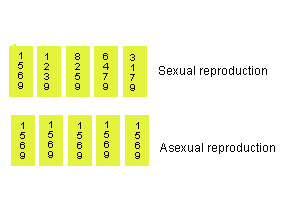III. Three theories about the advantage of sexual reproduction.
All stress that the outcome of sexual reproduction is more variability among young because of recombination.
Because of different chromosome combinations.
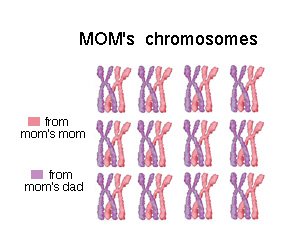
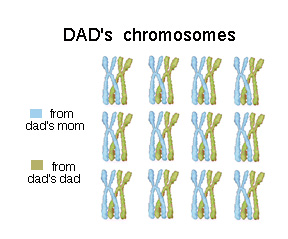 (212 purples and pinks)
(212 purples and pinks)
Because of crossing over or exchanges between chromosomes belonging to a pair (homologues).
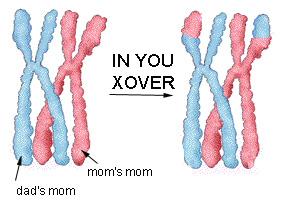
A. Oldest argument:
Variability among its young gives a parent an increased probability that young moving to new unpredictable habitats or in a changing habitat would survive.
Analogy: Purchase several lottery tickets instead of several copies of one.
Problems with this line of thinking:
- If the match between young and any habitat is really unpredictable and the number of youngsters sent to any one habitat is small, asexual reproduction will be favored.
- If habitat unpredictably decreases, then sexual reproduction more than asexual reproduction breaks up tested combinations of genes.
B. Sexual reproduction allows more efficient elimination of mutations than asexual reproduction.
Think about an original population with different numbers of mutations (neutral or deleterious) .
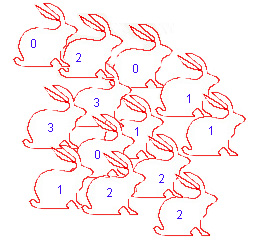
In an asexual population, through time, the number of individuals holding 0 mutations generally will go down.
In sexual populations, recombination as well as back-mutation can regenerate 0 types.
Problems:
One fairly large population over long periods of time competing with another.Some debate about the nature of mutations that have to be involved, and the frequency of mutation necessary to give the advantage to sexual selection.
C. Sexuals have an advantage over asexuals in contests that occur between host/parasite or host/disease vector.
Summary: All theories give the advantage to sexual reproduction only under certain conditions and better explain the evolutionary maintenance of sexual reproduction, not its origin.
.
Some consideration is also given to the ways organisms cane become locked into sexual reproduction in explaining its prevalence.
- There is evidence for strong selection for two types of gametes and so eventually males and females. The argument that follows is that the system now is too complex to revert to asexual condition.
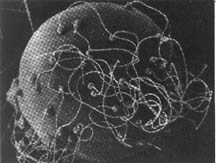
- Genetic imprinting: Role of paternal genes becomes because of genetic imprinting is important in development. One allele's influence dominants at certain critical times during development. If this is the paternal allele than the embryo cannot develop properly without the paternal contribution of DNA.
- There has been strong selection to reduce the cost of producing males as when males provide nutrients (insects), in the form of a nuptial gift, or males contribute considerable parental care (humans).

